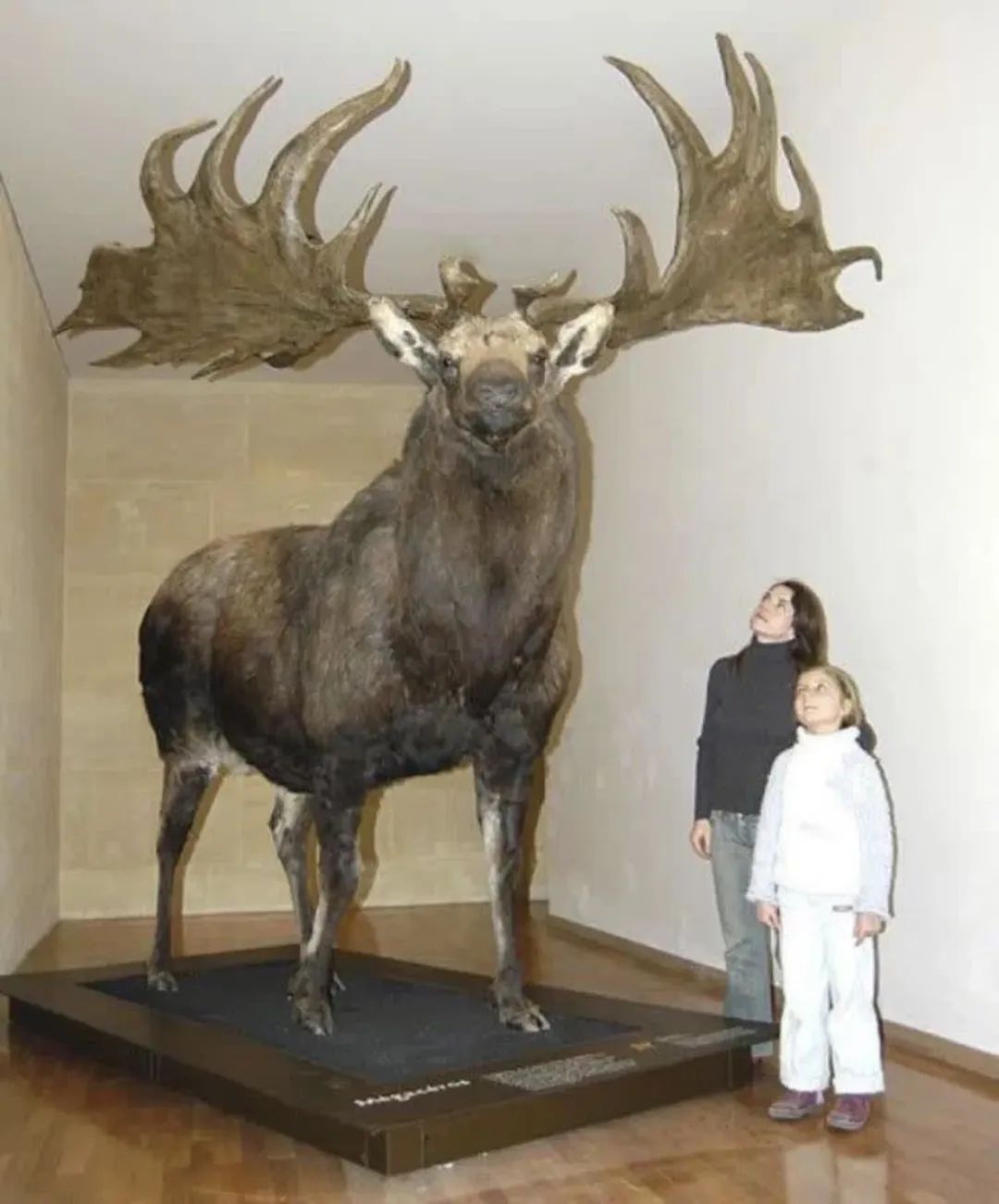
These giant earthworms average 1 metre (3.3 ft) long and 2 centimetres (0.79 in) in diameter and can reach 3 metres (9.8 ft) in length; however, their body is able to expand and contract making them appear much larger. On average they weigh about 200 grams (0.44 lb). They have a dark purple head and a blue-grey body, and about 300 to 400 body segments.
Threatened status.
Gippsland earthworm colonies are small and isolated, and the species’ low reproductive rates and slow maturation make those small populations vulnerable. Their natural habitats are grasslands, and while they can survive beneath pastures, cultivation, heavy cattle grazing and effluent run-off are adversarial to the species. The Gippsland earthworm requires moist loamy soil to thrive; dense tree planting negatively affects soil humidity, which in turn negatively affects the species’ habitat. No successful breeding has yet been achieved in captivity.
Education
Until it closed in 2012 amid animal welfare concerns, Wildlife Wonderland Park near Bass, Victoria, was home to the Giant Earthworm Museum. Inside the worm-shaped museum, visitors could crawl through a magnified replica of a worm burrow and a simulated worm’s stomach. Displays and educational material on the giant Gippsland earthworm and other natural history of Gippsland were also featured.










Leave a Reply